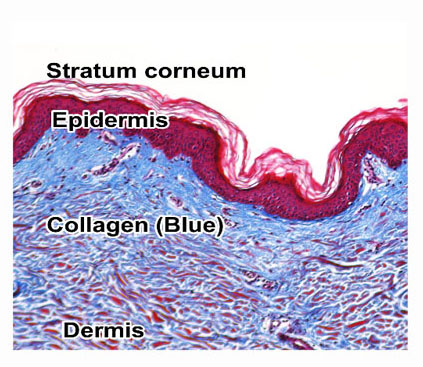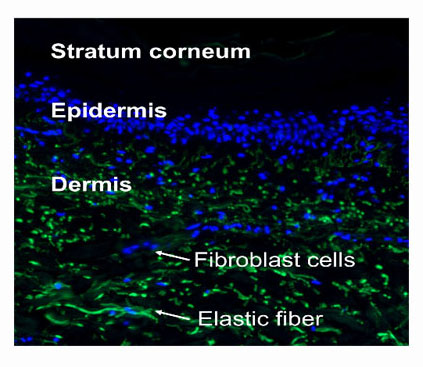Ex Vivo Human Skin Model
Phototoxicity: A type of compound or chemical that induces abnormal skin reactions when exposed to UV radiation, resulting in swelling, intense redness, and a burning sensation. The phototoxic effects of the materials of interest were investigated by treating skin cells with the compounds, followed by exposure to UV light to determine phototoxicity. Compounds that do not have phototoxic effects will not impact cell viability.
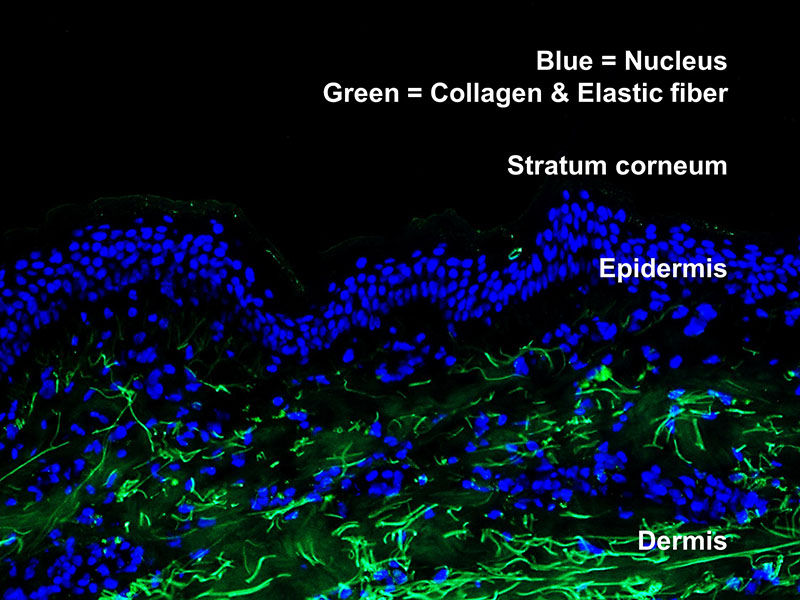
Skin thickness and dermal-epidermal junction
In the aged skin, structural changes occur, leading to thinning of the epidermis, making it more fragile compared to the skin of younger individuals. In this test, the epidermal thickness in skin samples is measured. The results include images of hematoxylin and eosin of tissue staining (H&E staining) used to assess the dermal-epidermal junction.
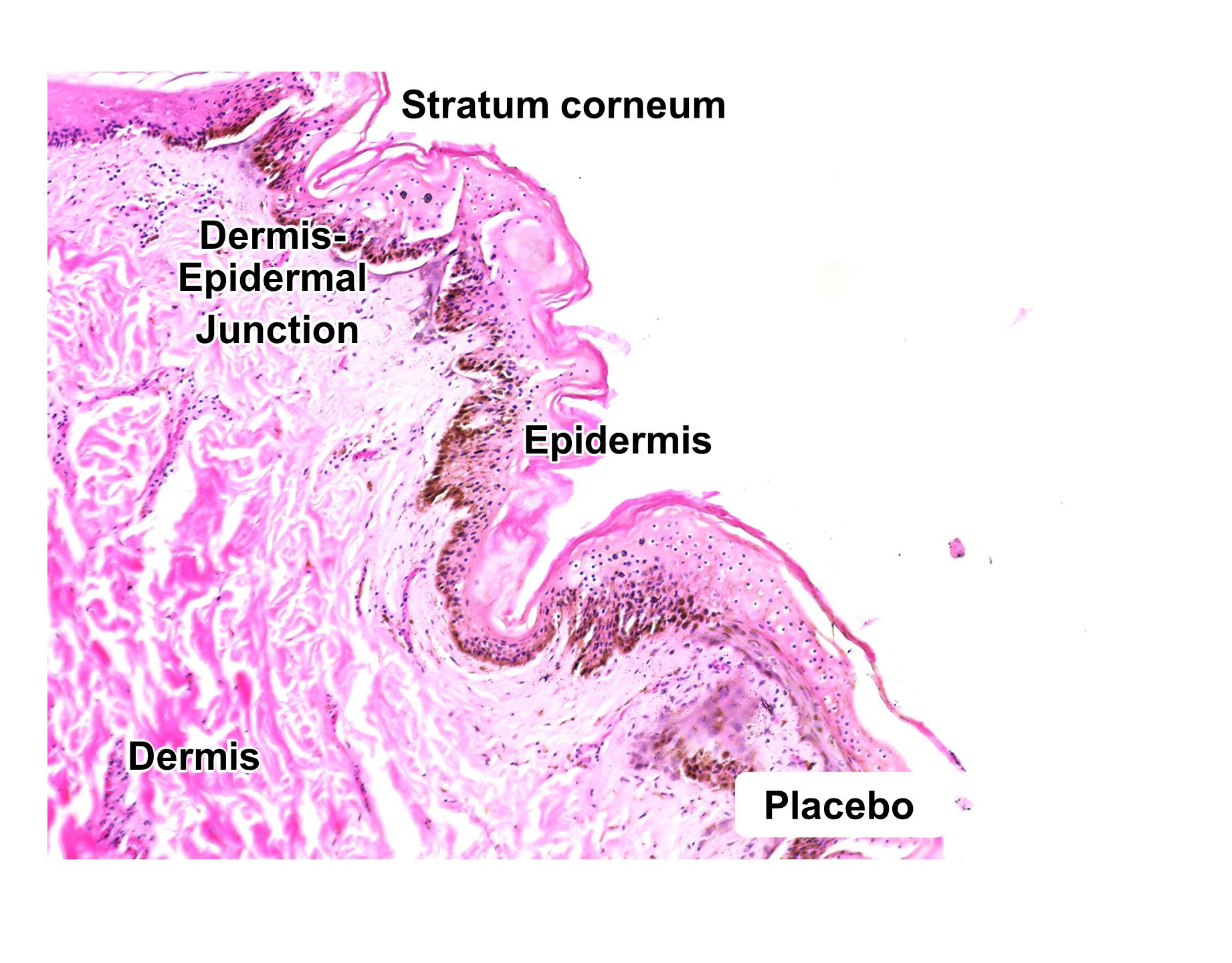

Ex vivo skin whitening
Skin color is primarily determined by melanin, a pigment produced by cells called melanocytes. People with darker skin have more melanin, which provides greater protection against UV radiation. Skin-whitening products typically aim to reduce melanin production or promote its breakdown, resulting in a lighter skin tone. After applying active ingredient or product on skin explant, melanin content can be measured by Fontana Masson staining
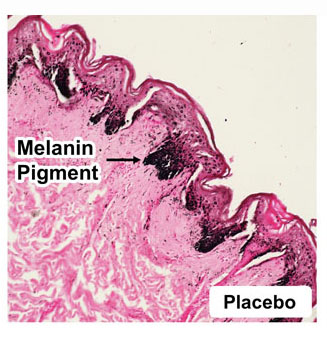
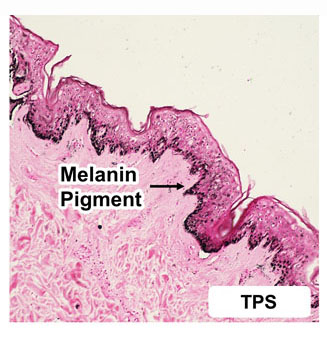
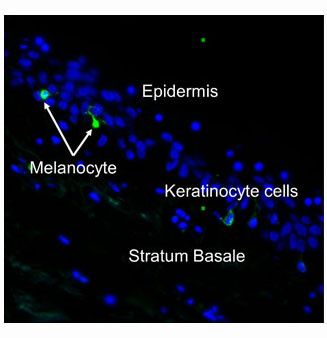
Ex vivo skin aging
As skin ages, the levels of collagen, elastin, and hyaluronic acid decline, leading to visible signs of aging. Collagen provides structural support, and its reduction results in sagging and wrinkles. Elastin contributes to the skin's elasticity; its depletion causes the skin to lose firmness and resilience. Additionally, hyaluronic acid, which is crucial for maintaining skin hydration and plumpness, decreases with age, leading to dryness and a less youthful appearance. Together, these changes contribute to the overall loss of skin volume, firmness, and hydration, making the skin appear older and more fragile. Anti-aging active ingredient or product should have an ability to maintain or increase these elements. Our department provide testing include collagen staining using Masson’s Trichrome, elastin staining using immunofluorescence assay.
